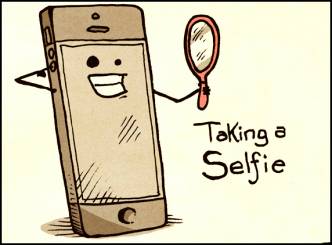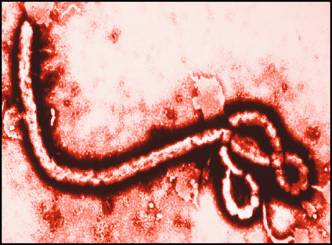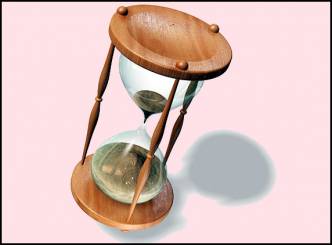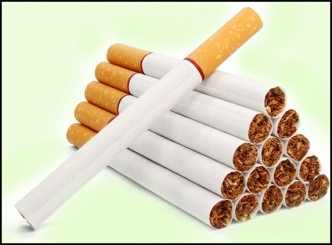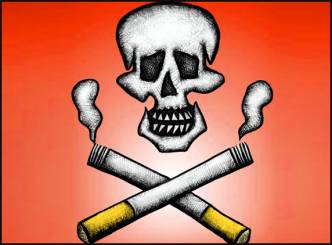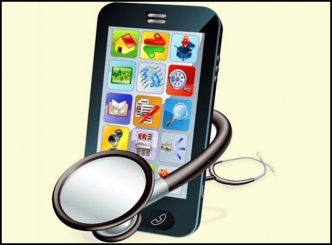
Most often we remain as mere witnesses, when a person is injured in an accident. The first and the right thing we do, is call the emergency ambulance service and wait for the ambulance to do the rest. Even in houses we immediately panic seeing our beloved ones injured and run desperately to the doctor. But many at times, our instant first aid not only saves lives but also helps the victim to recoup at the earliest. However it is advised that the first aid must be done by persons who are trained, in dire cases. To be equipped with first aid is a must for all individuals.
Deeper looks at the common issues are listed below for your reference:
1. Fainting: The reason could be lack of proper blood supply to the brain induces fainting.
First Aid: The best way to ascertain blood flow to the brain is to lift the feet little above head level. Initially try helping the victim by making him sit down and place his head between his knees. Even if he faints then loosen his apparels and accessories that might reduce the blood flow. And then try to lift his legs above the head levels gently.
2. Burns: Burns are generally of three types based on the intensity of the injury. They are classified as first, second and third degree burns.
First Aid: First Degree: Wash the burn gently with cool running water, clean the injury and apply anti-biotic. Later bandage the wound. Second Degree: If the burns are red, swelling and painful, then it means that the middle layer of skin is injured. Doctor consultation is a must. However initially clean the injury and apply anti-biotic. Restrict the movement of the injured part and elevate the part. Third Degree: This victim needs immediate hospitalization. Ideally the victim needs oxygen, nutrition and hydration that only an expert can give.
3. Sun Stroke: Come summers, sun strokes are predominant. Exposed to the scorching sun leads one to feel disoriented, dizzy, fatigue and headaches.
First Aid: Look for a shady place and take the victim to the place, make him sit and relax. Give him cold towel wash which could relive him of some heat. Take a packet of ice and place it under the armpit and the groin. The most important is feed him with some electrolyte liquids to hydrate the body.
4. Choking: This is uneasy breathiness experienced by the victim. In some cases the victim might grasp for breathe.
First Aid: If a victim gets choked while standing then stand behind the person make a fist place it at the center, at the end of the ribcage and with your thumb inward. You need to apply four pushes inward and upward. Same goes for children. For Infants: Place two fingers dead center between the nipples and give four forceful thrust. Repeat if needed.
5. Current Shock: Apparently distance the victim from the current source with a wooden stick. Only after this try to do the first aid for the person.
First Aid: Take medical help immediately. Check breathing or else administer CPR. For major burns total medical care is required. Rush the victim to a nearby hospital for expert advice. In case the victim suffers minor burns, check the movements of the person or else meet the doctor.
6. Bleeding nose: Nothing to get panic about, bleeding could be for various reasons allergies, dryness, high blood pressure, use of cocaine, blowing your nose with force and blood clotting disorders.
First Aid: Sit and relax hold the nose till bleeding stops. If it persists, use ice over the bridge of the nose for a brief ten minutes and take medical help to permanently get rid of it.
7. Cuts: Cuts normally are of two types minor cut and deep cut. The difference is that the minor cuts will stop bleeding within ten minutes but deep cuts might need some stitches.
First Aid: Wash the cut gently with cool running water, clean the injury and apply anti-biotic. Later bandage the wound and change it regularly. Deep Cuts: Do not clean the wounds or any other thing like blowing on the cuts or stuffing back the exposed parts. Rush to the nearest doctor, as the victim needs to be given tetanus shots and might need stitches.
8. Dislocation: Whether you have slipped or fallen from a height, if the wound starts swelling, do not administer anything and rush to your nearest Physician.
First Aid: Just apply ice packs on the swelling. Check if the person is breathing or administer CPR and spread a blanket over the person. Rush the patient to hospital for expert care.
9. Stroke: Clotting of blood and bleeding may stop free flow of oxygen to certain parts of the brain and this could cause the victim to slump. Stroke could be due to many reasons like smoking, diabetes, high blood pressure and heart disease.
First Aid: Do not panic and make the person be at ease, check if the person is breathing or else perform CPR and keep the person aligned on his side. Also let the person lie down but elevate his head and shoulders.
10. Fracture: The various types of fracture are Open, Close, Stress, complicated fractures.
First Aid: Calmness is most required; make the victim feel at ease. Do not massage or reposition the fracture. Apply ice packs to avoid swelling. Make a support so that the fracture is not left dangling. Consult a doctor at the earliest



